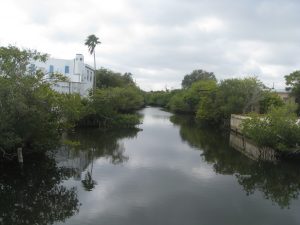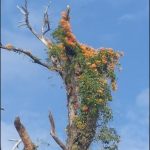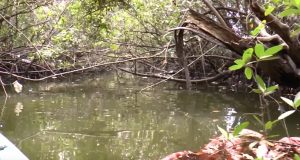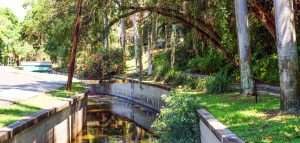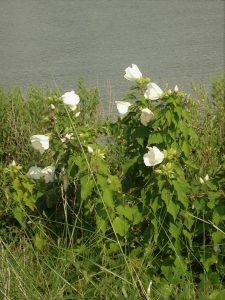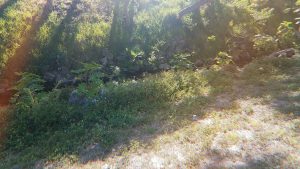What is it about the city that makes people crack? What is it about nature that brings us back to ourselves? Will I crack? When will this happen to me?
The city life has been known to wear humans down.
Like most things, the idea makes me think of Van Gogh, how he had to leave Paris for the natural landscapes of Arles and Auver-Sur-Oise, where he became a true artist. For those who live in the city, and love it, finding nature here is incredibly important. The littlest peeks of nature are the most significant, a patch of grass under a shady tree; a forest, a waterside view; the entire ocean.
I find myself and others looking for these nature spots in parks and outdoor green spaces. A place to do yoga, to run, to lay and read, to write. To just be, to just exist. The hustle and bustle lifestyle of the city may make you lose your inner peace, but it is easy to find it again if you look hard enough.
Today, in Roser Park, I don’t have to look very hard at all. Below me on my path, turtles dance in the water, flitting around rocks and a Polar Pop cup. They seem fine, right? Nature in the city may be a creek polluted with syringes and tall boy cans, but it’s enough for me. I’m not cracking, I refuse to crack. I look forward to friends and lovers I haven’t met yet. I feel thankful to have met the ones I have. I’m still sane, and I’m still in love with all of it, from the city streets to the hidden places of all things green. It’s in the place, but it’s also in the perspective, and living in the city, you must learn how to make nature out of everything. Walking in Roser Park, while the birds chirp, and the greenery sways, I ask myself, Am I in the city anymore?
The answer is yes. But just barely.
